What’s the best way to take collagen: powder, capsules, liquid, or injections?
Let’s explore the options:Collagen powder
One of the most popular forms of collagen is collagen powder. It’s exactly as it sounds: a loose, white powder that dissolves in liquid. It generally comes in a tub or packet and added to smoothies, drinks and food.
Powders are believed to be the best way to take collagen for many reasons, like: versatility (its secret superpower), taste (or lack thereof), and the fact that it allows you to choose the best way FOR YOU to meet your #collagengoals.
When you shop for collagen powders you may also see the word ‘peptides’. This refers to the process (hydrolysis) where the long chain of amino acids is broken down. The resulting powder is called ‘hydrolyzed collagen’ and it’s a form which is easier for your body to absorb and use.
PROS: Coming in a tubs or packet, collagen powders are super versatile in that they can be added to almost anything you can think of. Some of the current faves are coffee, smoothies, water, and even your morning omelette. The moment you remember to take it, you can simply pop it into your drink.
And not all powders are created equal. Some companies are including other functional ingredients to create powerful blends. Like adding hyaluronic acid, which is naturally occurring in the body and a veritable moisture magnet for the cells (read: dewy looking skin).
You'll also find flavored blends that turn your water into a yummy collagen cocktail. Ticking both the ‘collagen’ and ‘water’ boxes on your list.
CONS: Some people find that the taste of certain powders is too noticeable for them to add to food. But if you’re sensitive to this type of thing, you’ll want to check out Sproos’ line. The consensus is that it’s a tasteless option.
HOW TO TAKE COLLAGEN POWDER: Most powders will arrive with a handy little scoop so you can be sure you’re getting the perfect dose. Add a scoop to your smoothie before blending. In the case of other beverages, just make sure you’re stirring or shaking it long enough to dissolve it (or: lumps). Beyond that, it’s really up to you what you add it to and there are so many options. Like collagen popsicles, anyone?
Collagen capsules
For those of you who would rather get your dose in a pill, you can find collagen in capsule form.
PROS: You won’t have to stir, shake or otherwise work it into any drink or recipe.
CONS: Due to the amount of collagen you’ll need, the pills tend to be on the large side, and you’ll need to take a lot more than one. So if you struggle at all with taking capsules, it may not be the most pleasant part of your day.
HOW TO TAKE COLLAGEN CAPSULES: Just as any other supplement in pill form, start with a large glass of water and take as many as is directed.
GOOD TO KNOW: Collagen capsules contain collagen powder. The difference here is that one comes inside a gel capsule.
Liquid collagen
Collagen is also available in liquid form. They come in pre-dosed, ready to drink bottles. Some are pretty tiny, like little collagen shots, and some are larger (think a bottle of collagen water).
PROS: They are ready to consume, so you can skip the mixing or capsule swallowing routine.
CONS: You won’t have the option to take it your way (in food, in soup, in baking, etc). Plus, if you are not a fan of the taste you may have to add something extra in after all.
HOW TO TAKE LIQUID COLLAGEN: Choose a brand with a size that suits your taste and sip away, or take it all in one ‘shot’.
GOOD TO KNOW: Some brands claim that liquid collagen has better bioavailability (which means it’s easier for the body to use). But specific studies to back this up are lacking.
Collagen injections
Injectable collagen fillers also exist. But the intention here is slightly different from the powder and capsules. These are for those who are solely looking to improve facial skin tone and appearance (including scars), and they fall into the ‘dermal fillers’ category.
PROS: You can achieve some immediate results with this form of collagen related beauty regime.
CONS: For anyone who has an aversion to needles, there is a serious cringe factor here. The injectable is targeted to the dermis and delivered there with fine needles (to your FACE). Even with prior allergy testing, there is always the risk of an unexpected reaction. Because, hey, the body is a mysterious place.
HOW TO TAKE COLLAGEN INJECTIONS: Visit a qualified dermatologist or other reputable provider to check it out. You'll need initial testing for skin allergies before getting these fillers. Health Canada recommends avoiding injectable collagen fillers if you have any history of allergies or a tendency to scarring.
GOOD TO KNOW: While collagen used to be a popular filler, other types are becoming more widespread as new products hit the market. And collagen fillers may not contain the same form of collagen as the powder and pills. So if you take this route it’s important to do your homework so you know what you’re actually introducing to your bod.
When it comes to your collagen, form matters. From powders to pills to injections, and choosing between marine vs grass-fed, if you’re going to be taking it on the daily, you want to find the format that work for you and your personal tastes.
So now that you’ve got the goods on these four options, go forth and choose your collagen!


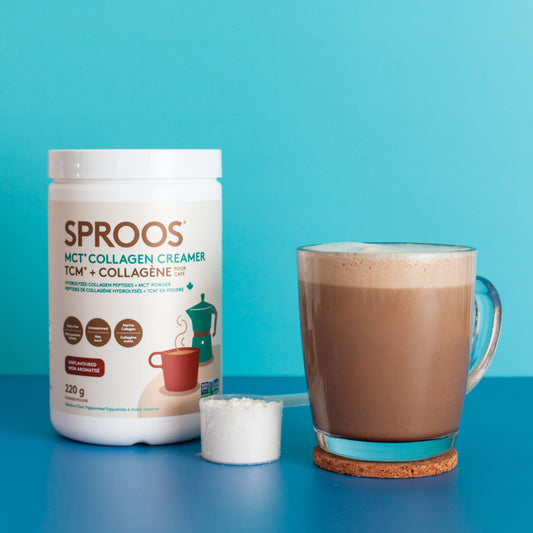



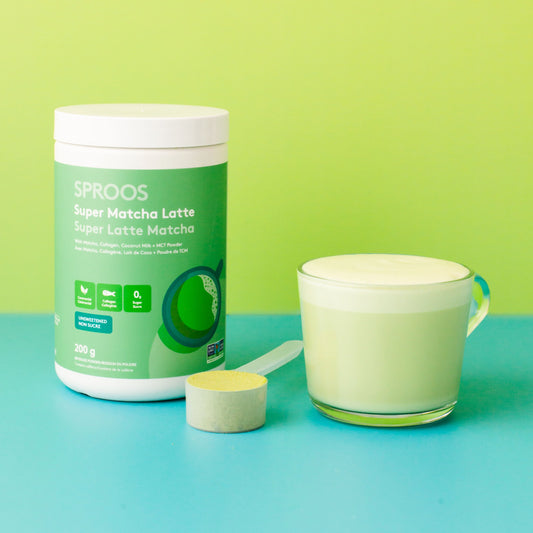
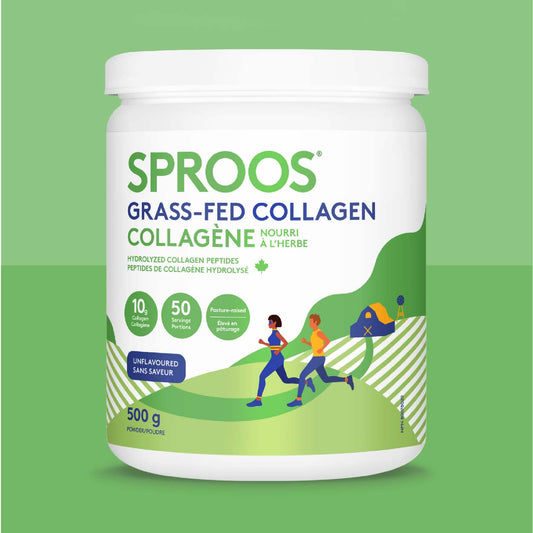

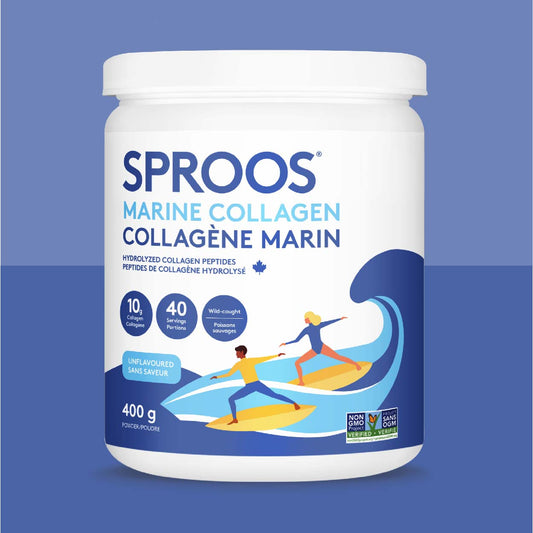
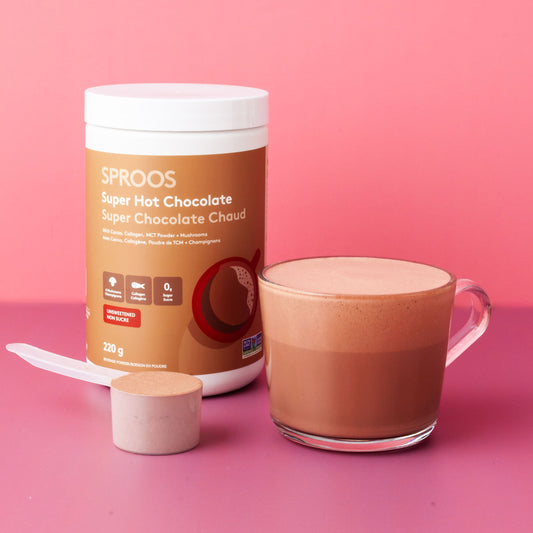


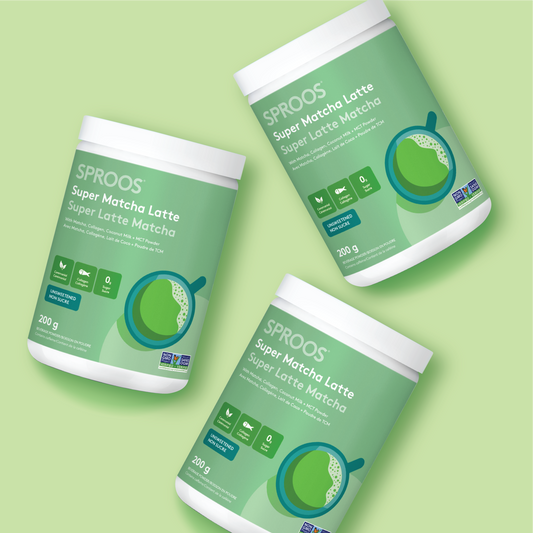

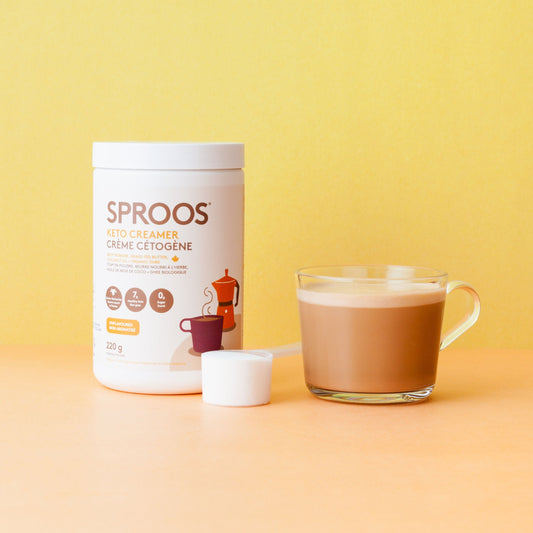
2 commenti
Hey Sprooslife team! Just finished reading your article on how to take collagen, and I must say, it’s packed with some solid advice! I’ve been on the lookout for ways to enhance my wellness routine, and your insights on the different ways to incorporate collagen have been really helpful.
Also, big props for mentioning American Grasslands in your article. It’s awesome to see brands like yours taking the initiative to support local suppliers and sustainable practices. Keep up the great work, and I’ll definitely be exploring more of your content!
visit my site also for more information :-https://american-grasslands.com/
I’m in my early 30s, but because of the constant stress from work, wrinkles and stretched marks made me look a lot older than I actually am. Thanks for letting me know that if you plan to get collagen injections, you’ll need to get tested for skin allergies first before you get the fillers. I’ll keep this in mind while I look for trusted medical services that provide Botox fillers. http://greenbriermedispa.com/botox